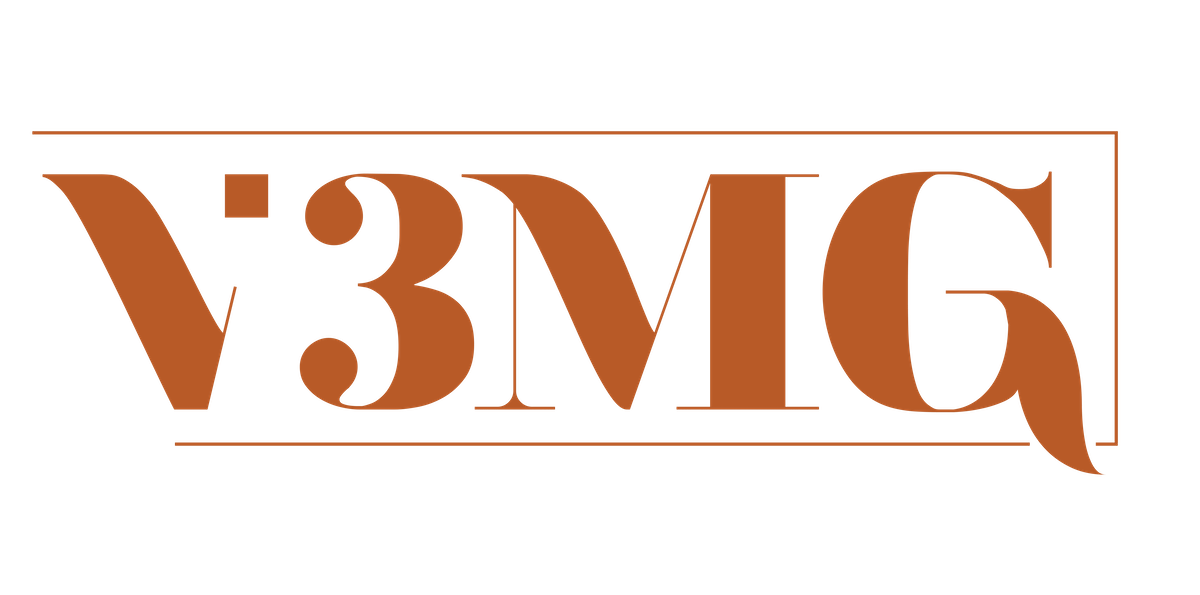Similar to pictures, the copy (text) on a website can be the main part of a website development project that causes everything to drag on past a deadline. It seems as though this part of the development process seems to sneak up on people as the finish line gets closer and closer. The copy on a website is probably the most important element of a well-executed website, more so than the design, the function, anything else.
The copy on your website is the main method through which you will communicate to your users. A user will not have a complete idea of your products/services unless you tell him/her. The copy on your website will also be the primary means search engines will categorize and rank your business against competitors. If Google is unable to understand what you do, you will certainly not come up in relevant search queries, and users will certainly not be able to understand what you do either.
It’s ok that you’re not a great writer – you don’t have to win an award for the quality of your prose. However, no developer can ever understand your business as well as you, but if you can at least get your ideas across, a designer/copy writer can probably help fill in the gaps.
So, what do you do?
Start thinking through what you’d like to communicate to your users as soon as possible. What’s something that your business can offer that others can’t? Is that a product? Service? Price point? Try and think through what users would want to see when they come to your site. We actually have a short questionnaire that we send clients. It’s nothing fancy, but it helps get the wheels turning of accurate communication. Feel free to download a copy of it on this page.
Once you’ve been able to write down a couple of bullet points of what makes your business valuable to a customer, try and segment the different reasons into actionable phrases. This is where a little understanding can go a long way. Instead of saying “Carpet Cleaning Services,” change it to a call-to-action like “Get your carpet cleaned today!”
There’s a fine line between content for users and content for search engines. You’ll need to make sure that the content that you write is effective for users to understand what you do, but you also need to make sure that you have the keywords in place for search engines. Here’s an example that works for users, but not search engines: “Hire us today!” A user knows what you’re talking about by context. There’s likely a picture nearby or a paragraph of text explaining that you’re talking about carpet cleaning, but without that context, that sentence means nothing to search engines.
However, it’s important to understand that you shouldn’t stuff keywords into a paragraph that doesn’t need them. If a user is able to read your copy and know that you’re trying to say the words “website design company” as often as possible, then that content isn’t serving it’s primary purpose: communicating your products and services to the user.
You’ll need to start thinking through these ideas as early as possible in the website development process. If you have copy on your old website that you can keep, that’s awesome, but you should at least look at revising some of that content for search engines.
The Point
Write your content in as simple as terms as possible so that a wide-variety of users can understand it. Think through what a user would want to know about you when they arrive, and make sure that your website has the right keywords in place for search engines to categorize your business.
Building a new website can seem like a daunting task, but it doesn’t have to be. Contact V3 Media Group and talk with us about anything website development!
